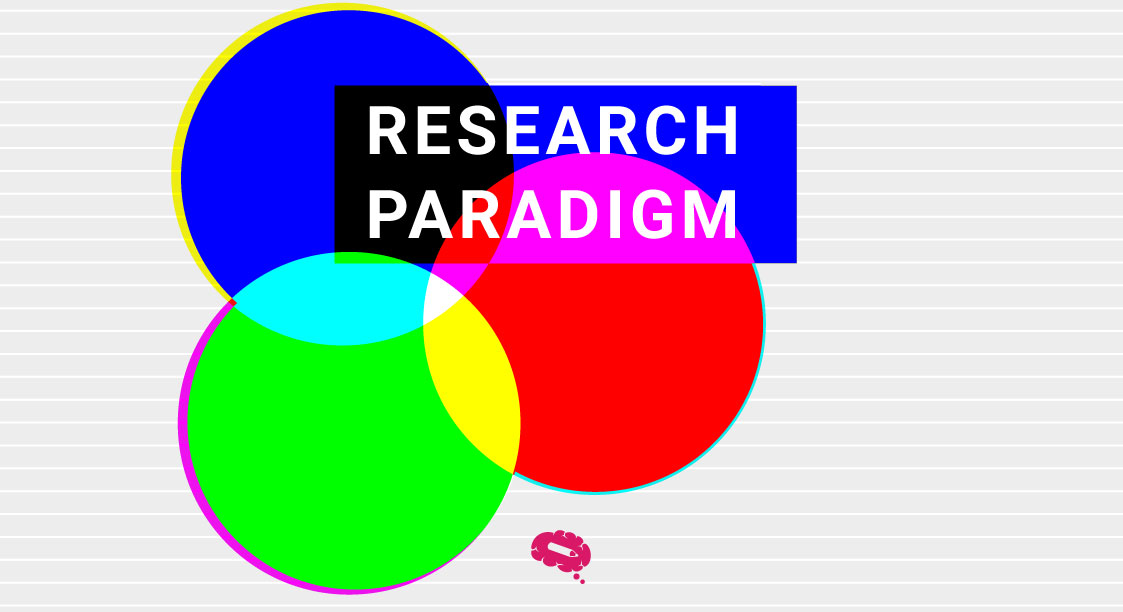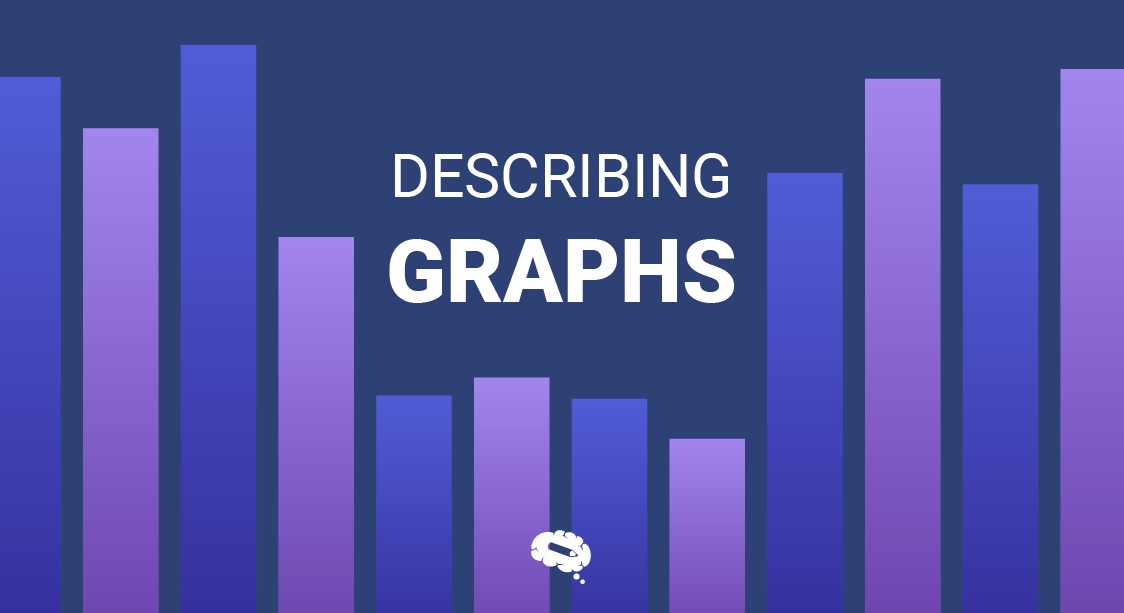Content analysis, a diverse research method, provides an organized approach for dissecting and comprehending communication in its multiple forms. Whether evaluating textual documents, visual images, social media content, or audio recordings, content analysis provides researchers with the tools they need to discover hidden meanings, identify common themes, and expose underlying patterns in varied datasets.
Through this guide, researchers will understand how to conduct content analysis. This guide aims to serve as a beacon for researchers navigating the complicated landscape of content analysis, providing not only a thorough definition and explanation of its significance, but also practical insights into its application across qualitative and quantitative research paradigms. As methods of communication expand and diversify, knowing and mastering content analysis becomes increasingly important for researchers looking to delve deeper into the complexities of human expression and societal dynamics.
Understanding Content Analysis
As previously stated, content analysis is a robust research process used to evaluate and interpret various types of communication, including text and images, with meticulous attention to detail.
Before understanding how to conduct content analysis, it’s important to recognize the profound significance this methodology holds in both qualitative and quantitative research paradigms, offering unique advantages and insights to researchers across diverse disciplines.
Related article: Research Paradigm: An Introduction with Examples
Content Analysis On Qualitative Research
- Exploration of Complex Phenomena: Qualitative research seeks to understand both the breadth and depth of human experiences, points of view, and behaviors. Content analysis is a systematic method for analyzing textual, visual, or audio data, allowing researchers to identify complex meanings, patterns, and themes in qualitative information.
- Comprehending Context and Culture: A common goal of qualitative research is to comprehend phenomena with regard to their sociocultural environment. Researchers can study how language, symbols, and representations are created and understood within certain social or cultural contexts by using content analysis.
- Theory Building and Grounded Theory: Grounded theory methods, which allow researchers to construct theories based on empirical data, heavily rely on content analysis. Through methodical examination of qualitative data, researchers can identify emerging themes, enhance theoretical frameworks, and formulate theories based on empirical findings.
- Flexibility and Adaptability: Researchers can customize their approach to the details of their research setting by using content analysis, which provides flexibility in data collecting and analysis. Content analysis can be tailored to accommodate a diverse array of qualitative data sources, including but not limited to interview transcripts, social media posts, and historical documents.
Content Analysis On Quantitative Research
- Standardization and Objectivity: When gathering and analyzing data, quantitative research places a strong emphasis on standardization and objectivity. Textual or visual material can be methodically coded and categorized into quantifiable characteristics by researchers using content analysis, which offers an organized framework for quantifying qualitative data.
- Large-Scale Data Analysis: Content analysis can be scaled up to analyze large volumes of data efficiently. Researchers can examine large datasets and reach statistically significant conclusions by using quantitative content analysis, whether the dataset is online forums, news articles, or survey replies.
- Comparative Analysis and Generalizability: Researchers can find trends, patterns, or discrepancies in content across several contexts by using quantitative content analysis to assist comparative study across texts or historical periods. By quantifying textual data, researchers can also assess the generalizability of findings to broader populations or phenomena.
- Integration with Statistical Methods: To improve data analysis and interpretation, quantitative content analysis can be combined with statistical techniques. Techniques such as frequency counts, chi-square tests, or regression analysis can be applied to analyze coded content and test hypotheses derived from theoretical frameworks.
Types Of Content Analysis
- Manifest Content Analysis: Manifest content analysis focuses on analyzing the explicit, surface-level content of communication. It involves identifying and categorizing visible, tangible elements such as words, phrases, or images within the text or other forms of media. The goal is to describe and quantify the visible characteristics of communication without delving into deeper meanings or interpretations.
- Latent Content Analysis: Latent content analysis goes beyond the explicit content to uncover underlying meanings, themes, and interpretations embedded within the communication. It involves interpreting the implicit, hidden messages, symbols, or metaphors conveyed through language, imagery, or other forms of representation. The aim is to uncover deeper insights into the underlying motives, beliefs, or attitudes reflected in the communication.
- Thematic Analysis: Thematic analysis involves identifying, analyzing, and interpreting recurring themes or patterns within the content. It focuses on discovering commonalities, differences, and relationships between concepts or ideas expressed within the communication. The goal is to uncover overarching themes or conceptual categories that capture the essence of the data and provide insights into the underlying phenomena being studied.
- Narrative Analysis: Narrative analysis focuses on analyzing the structure, content, and meaning of narratives or stories within the communication. It involves examining the plot, characters, settings, and other narrative elements to uncover the underlying themes, ideologies, or cultural meanings embedded within the stories. The aim is to understand how narratives shape identity, culture, and social discourse.
- Discourse Analysis: Discourse analysis examines the language, rhetoric, and power dynamics inherent in communication practices. It involves analyzing how language is used to construct social realities, shape identities, and negotiate power relations within specific contexts. The goal is to uncover how language structures and reflects social norms, ideologies, and power dynamics within society.
- Visual Content Analysis: Visual content analysis focuses on analyzing visual elements such as images, symbols, or graphics within communication media. It involves examining the composition, content, and meaning of visual representations to uncover underlying themes, messages, or cultural meanings conveyed through imagery. The aim is to understand how visuals influence perception, cognition, and communication processes.
Preparing For Content Analysis
Before embarking on the journey of content analysis, researchers must lay a solid groundwork by carefully selecting materials for analysis and defining clear categories for coding. This preparatory phase is crucial for ensuring the relevance, reliability, and validity of the content analysis process.
Material Selection
Criteria For Choosing Materials
- Relevance to Research Objectives: Select materials that are directly relevant to the research questions or objectives. Ensure that the content aligns with the scope and focus of the study.
- Diversity and Representation: Choose materials that provide a diverse range of perspectives, viewpoints, or contexts relevant to the research topic. Seek to include a variety of sources to capture different dimensions of the phenomenon under study.
- Accessibility and Availability: Prioritize materials that are readily accessible and available for analysis. Consider factors such as copyright restrictions, data availability, and ethical considerations when selecting materials.
- Quality and Authenticity: Verify the credibility and authenticity of the materials to ensure the accuracy and reliability of the data. Use reputable sources and validate the authenticity of primary data sources where applicable.
How To Acquire Materials
- Literature Review: Conduct a comprehensive literature review to identify relevant sources, studies, or datasets related to the research topic. Utilize academic databases, libraries, and online repositories to access scholarly articles, books, reports, and other relevant materials.
Also read: What is a literature review? Get the concept and start using it
- Data Collection: Collect primary data through methods such as interviews, surveys, observations, or document analysis, depending on the research design. Use systematic sampling techniques to ensure representativeness and diversity in the selection of materials.
- Digital Sources: Explore digital sources such as online databases, social media platforms, websites, or multimedia archives to access digital content for analysis. Use web scraping tools, APIs, or data extraction techniques to gather digital data in a structured format.
- Ethical Considerations: Adhere to ethical guidelines and obtain necessary permissions or approvals for accessing and using copyrighted materials or sensitive data. Protect the privacy and confidentiality of participants and respect intellectual property rights when acquiring materials for analysis.
Defining And Identifying Categories
How To Define Categories
- Define Research Objectives: Clarify the research questions, objectives, and hypotheses to guide the development of coding categories. Determine the key concepts, themes, or variables of interest that will be coded and analyzed.
- Conduct Preliminary Analysis: Review the selected materials to identify recurring patterns, themes, or topics relevant to the research focus. Use open coding techniques to generate initial categories based on the content of the materials.
- Conceptualize Categories: Organize the initial codes into conceptual categories or thematic domains that encapsulate the main dimensions of the phenomenon under study. Group related codes together and refine the category labels to ensure clarity and coherence.
- Establish Coding Rules: Develop clear and concise coding rules or definitions for each category to guide the coding process. Define inclusion and exclusion criteria, coding criteria, and examples to illustrate the application of each category.
- Pilot Test Categories: Conduct a pilot test or inter-coder reliability assessment to evaluate the clarity, reliability, and validity of the coding categories. Revise and refine the categories based on feedback from pilot testing to improve coding consistency and accuracy.
Best Practices To Identify Categories
- Iterative Process: Approach category development as an iterative process, refining and revising categories based on ongoing analysis and feedback. Continuously review and update categories to capture emerging themes or insights.
- Triangulation: Use multiple sources of data or multiple coders to triangulate findings and ensure the reliability and validity of coding categories. Compare and cross-reference coding results to identify discrepancies or inconsistencies.
- Peer Review: Seek feedback from colleagues, mentors, or experts in the field to validate the relevance and appropriateness of coding categories. Engage in peer review sessions to discuss and refine coding schemes collaboratively.
- Reflexivity: Maintain reflexivity throughout the category development process, critically reflecting on your assumptions, biases, and interpretations. Consider alternative perspectives and interpretations to enhance the richness and depth of coding categories.
- Consult Existing Frameworks: Draw upon existing theoretical frameworks, conceptual models, or coding schemes relevant to the research topic. Adapt and modify existing frameworks to suit the specific context and objectives of the study.
How To Conduct Content Analysis
Mastering content analysis empowers researchers to uncover insights and contribute to scholarly discourse across various disciplines. By following the guidelines outlined in this guide, researchers can conduct meaningful analyses that advance knowledge and inform decision-making processes.
Coding Content
To create an effective coding system, start by identifying the key concepts, themes, or variables you want to analyze within your content. Develop clear and concise code definitions and coding rules to guide the coding process. Ensure that your coding system is comprehensive, covering all relevant aspects of the content you are analyzing. Once your coding system is in place, apply it consistently and systematically to the entire dataset.
Let’s say you’re conducting a content analysis on customer reviews of a product. Your coding system may include categories such as “product quality,” “customer service,” and “value for money.” As you analyze each review, you’ll assign codes to relevant segments of text based on these categories. For example, a positive comment about the product’s durability may be coded under “product quality,” while a complaint about slow shipping may be coded under “customer service.”
Analyzing And Interpreting Results
Once you’ve coded your content, you can begin analyzing it to identify patterns, trends, and insights. Common techniques for analyzing content include frequency analysis, thematic analysis, and comparative analysis. Use these techniques to uncover key themes, relationships between variables, and variations across different segments of your dataset.
When interpreting your content analysis results, consider the context in which the content was produced and the characteristics of your sample. Look for overarching patterns and trends, but also pay attention to outliers or unexpected findings. Consider how your findings relate to existing literature and theories in your field, and be transparent about any limitations or biases in your analysis.
Validating The Results
Validating results in content analysis involves assessing the reliability and validity of your findings to ensure they accurately reflect the underlying content. This may include measures to ensure inter-coder reliability, triangulation with other data sources, and sensitivity analyses to test the robustness of your results.
Common methods used to validate results in content analysis include inter-coder reliability tests, where multiple coders independently code a subset of the data to assess consistency. Triangulation involves comparing findings from content analysis with other methods or sources of data to confirm or refute conclusions. Additionally, sensitivity analyses involve testing the impact of different coding decisions or analytical approaches on the results to assess their robustness.
Reporting Findings
In reporting findings, researchers distill the essence of their content analysis, presenting insights and conclusions clearly and concisely. This section is a very important part of how to conduct content analysis, as it provides guidance on structuring reports, writing effectively, and using visual aids to convey results with clarity and impact.
Writing And Structuring The Report
When writing your content analysis report, start by clearly stating your research objectives and methodology. Present your findings in a logical and organized manner, using descriptive statistics, tables, and visual aids to support your analysis. Discuss the implications of your findings for theory, practice, or policy, and conclude by summarizing the key insights and contributions of your study.
An effective content analysis report should be concise, clear, and well-structured. Use headings and subheadings to guide the reader through the report, and provide sufficient detail to support your conclusions. Be transparent about your methods and any limitations of your analysis, and use language that is accessible to your intended audience.
Organize your report into sections that mirror the steps of your content analysis process, such as coding, analysis, and interpretation. Use descriptive titles and subheadings to clearly delineate each section, and provide ample context and explanation for your findings. Consider including visual aids such as charts or graphs to enhance the clarity and readability of your report.
Visualising Data
Visualizing data is an effective way to communicate your findings and insights to your audience. Common visualizations used in content analysis include bar charts, pie charts, line graphs, and heat maps. Choose the visualization method that best represents the patterns and trends in your data and is most suitable for your audience.
Consider the nature of your data and the preferences of your audience when selecting visualization methods. For example, bar charts are useful for comparing frequencies or proportions across categories, while line graphs are suitable for showing trends over time. Choose visualization methods that are intuitive, informative, and visually appealing to effectively convey your content analysis results.
Related article: Art Of Describing Graphs And Representing Numbers Visually
Tips For A Successful Content Analysis
- Document Your Process: Keeping detailed records of your content analysis process can prove invaluable, aiding in transparency, reproducibility, and troubleshooting. Record decisions made during material selection, category definition, and coding, as well as any challenges encountered and their resolutions. This documentation not only enhances the rigor of your analysis but also facilitates communication with collaborators and reviewers.
- Embrace Iteration: Content analysis is rarely a linear process. Embrace iteration and refinement throughout each stage, from material selection to reporting findings. Regularly revisit and revise coding categories, analytical techniques, and interpretations in response to emerging insights or challenges. Iterative refinement ensures that your analysis remains dynamic and responsive to the complexities of the data.
- Utilize Software Tools: While content analysis can be conducted manually, leveraging software tools can streamline and enhance the process. Explore software options tailored to content analysis tasks, such as qualitative data analysis software (QDAS) or text analysis tools. These tools often offer features for organizing data, coding text, and visualizing results, saving time and enhancing analytical capabilities.
- Prioritize Inter-Coder Reliability: Inter-coder reliability, or the consistency of coding among multiple coders, is crucial for ensuring the validity and reliability of your analysis. Prioritize inter-coder reliability assessments early in the process, involving multiple coders in coding tasks and comparing their results. Establishing clear coding guidelines and conducting regular reliability checks can mitigate discrepancies and enhance the credibility of your findings.
- Consider Cultural Sensitivity: When analyzing content that reflects cultural or linguistic diversity, it’s essential to approach the process with sensitivity and awareness. Consider the cultural context of the content, including language nuances, symbolism, and cultural norms, when interpreting and coding data. Engage with diverse perspectives and seek input from stakeholders to ensure that your analysis accurately reflects the complexity of the cultural landscape.
- Be Mindful of Bias: Conscious and unconscious biases can influence every stage of the content analysis process, from material selection to interpretation of results. Stay vigilant for biases related to personal beliefs, disciplinary perspectives, or preconceived notions about the topic under study. Implement strategies to mitigate bias, such as peer review, reflexivity exercises, and triangulation with multiple data sources.
- Foster Collaboration: Content analysis can benefit from interdisciplinary collaboration and diverse perspectives. Engage with colleagues, mentors, or experts from different fields to enrich your analysis and challenge assumptions. Collaborative approaches can foster creativity, rigor, and innovation, leading to more robust and nuanced findings.
- Stay Open to Serendipity: While content analysis often involves systematic data collection and analysis, don’t overlook the potential for serendipitous discoveries. Remain open to unexpected insights, patterns, or connections that emerge during the analysis process. Serendipity can lead to novel research directions, enriching your understanding of the phenomenon under study.
Science Figures, Graphical Abstracts, And Infographics For Your Research
Mind the Graph is a valuable resource for scientists seeking to enhance the visual communication of their research through science figures, graphical abstracts, and infographics. With its user-friendly interface, extensive template library, and customizable design tools, the platform empowers researchers to create visually compelling and scientifically accurate visualizations that effectively communicate complex ideas and findings to a diverse audience.

Subscribe to our newsletter
Exclusive high quality content about effective visual
communication in science.





